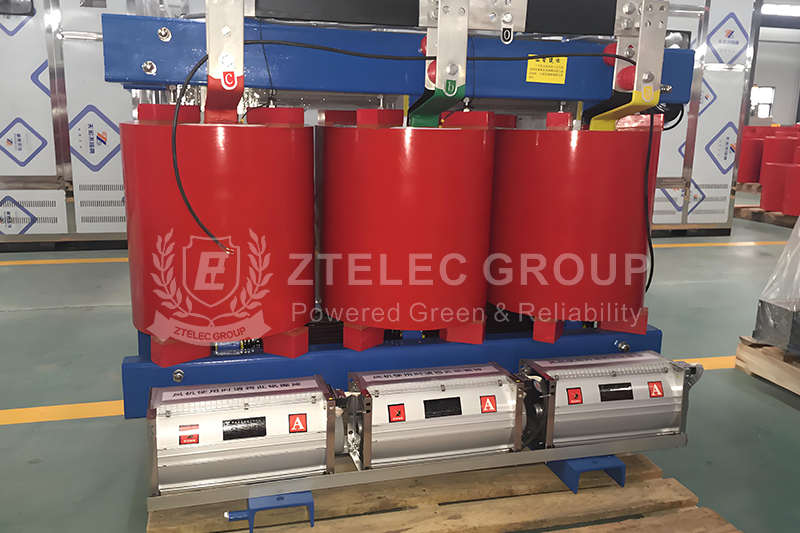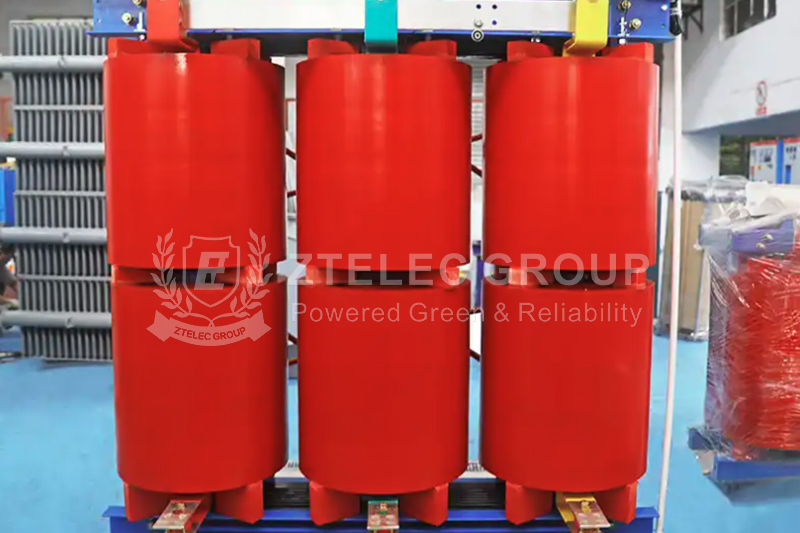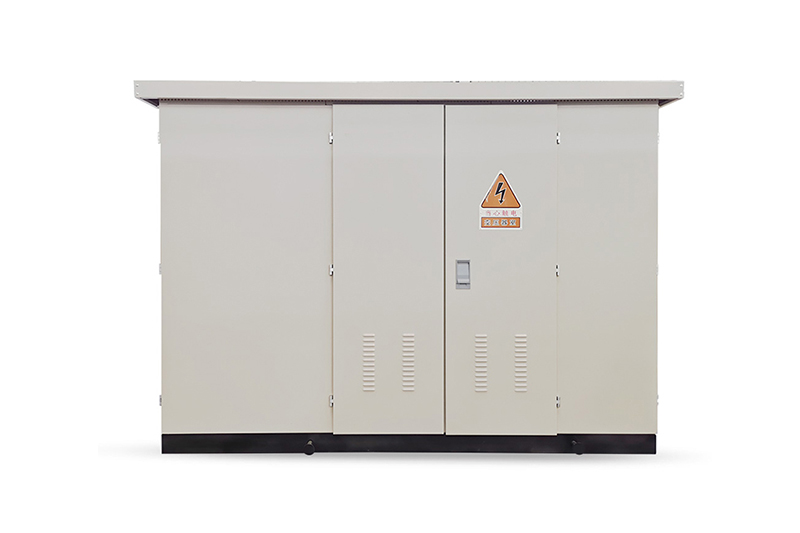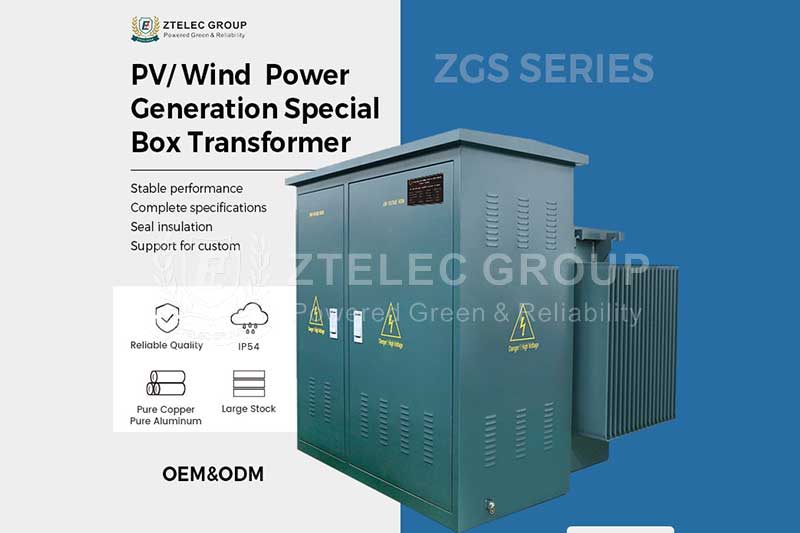How Dry-Type Rectifier Transformers Stand Out in the Competition
Time:2025-05-7 Auther:ZTelec-www.ztelectransformer.com
With rapid advancements in power electronics and industrial automation, rectifier transformers have become essential in modern industries. They convert AC power into DC power, playing a pivotal role in various industrial systems. Among them, dry-type rectifier transformers have gained significant industry attention due to their inherent advantages. However, to maintain a competitive edge in a dynamic market, continuous efforts in technological innovation, quality assurance, and application expansion are essential.

Technological Innovation: Driving Performance and Efficiency
Structural design optimization is key to enhancing transformer efficiency. Advanced winding technologies—such as layered and segmented windings—divide coils into multiple sections, effectively minimizing leakage flux, eddy current losses, and stray losses. Coupled with cutting-edge heat dissipation methods, like three-dimensional wound core structures, heat dissipation efficiency improves by expanding the core’s contact area with air. This allows the transformer to quickly regulate temperature with changing loads and maintain high operational efficiency.
Material innovation also underpins the market leadership of dry-type rectifier transformers. Traditional insulation materials often degrade in high-temperature and high-humidity conditions. New nano-composite insulation materials offer superior dielectric strength, heat resistance, and moisture resistance. These materials minimize the risk of partial discharges, extend equipment lifespan, and ensure stable performance in challenging environments.
Expanding Applications: Unlocking New Market Opportunities
To excel in the market, dry-type rectifier transformers must proactively expand into emerging application areas. In the renewable energy sector, the booming growth of photovoltaic and wind power plants fuels demand for robust transformers. Dry-type transformers, free of oil and equipped with fireproof and explosion-proof properties, are ideal for such environments. In photovoltaic inverter systems, they efficiently convert DC to AC power for grid integration, supporting renewable energy adoption.
The rise of electric vehicle (EV) charging infrastructure has also boosted the demand for high-power, high-efficiency rectifier transformers. Dry-type transformers show strong prospects in EV charging stations. In rail transportation, they provide stable DC power for subways and light rail systems, thanks to their compact design and excellent electromagnetic compatibility, which fits confined spaces and complex electromagnetic environments.
Additionally, sectors like data centers and medical facilities—which demand high power quality—benefit from the low harmonics and high stability of dry-type rectifier transformers, meeting their stringent operational requirements.

Quality Assurance: Building Trust and Market Competitiveness
Quality forms the backbone of a dry-type rectifier transformer’s market success. A stringent quality control system governs every production stage, from raw material procurement to product delivery. Core materials such as silicon steel sheets and copper wires undergo rigorous chemical composition analyses and mechanical property tests to ensure compliance with industry standards.
During manufacturing, advanced processes and equipment—like automated winding machines and vacuum varnishing systems—ensure precise coil winding and excellent insulation performance. Thorough inspections, including insulation resistance tests, high-voltage withstand tests, and load/no-load tests, guarantee stable and reliable product performance.
Securing authoritative certifications is equally vital. Certifications such as ISO 9001 quality management and CE compliance validate product quality and are prerequisites for accessing global markets. These certifications enhance customer confidence and strengthen the market competitiveness of dry-type rectifier transformers.
In conclusion, through sustained technological advancement, application diversification, and uncompromising quality control, dry-type rectifier transformers are well-positioned to maintain their leadership and inject momentum into the evolving power industry.




